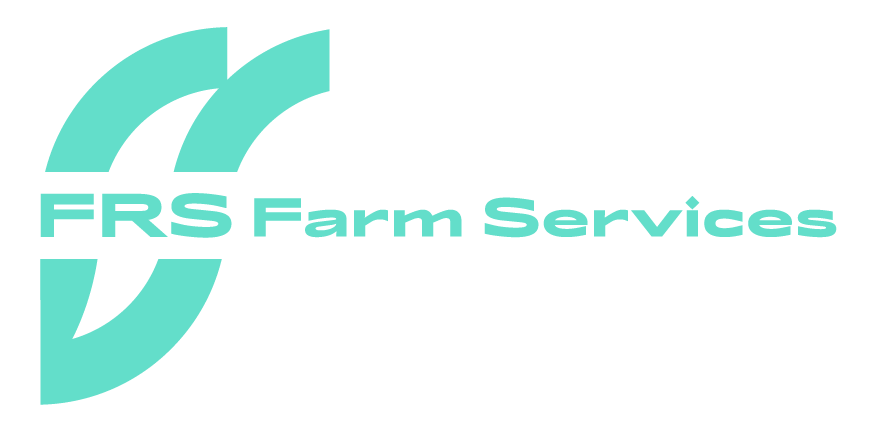Every yard has a trailer left in the corner until it is urgently needed. It is pulled out for jobs like bringing home turf etc and parked up again. Trailers often get overlooked for maintenance and repair. When a trailer is not properly maintained it presents a danger to the driver and other motorists and pedestrians in the area.
In recent years the “revised standards for agricultural vehicles” has placed new requirements on trailer owners to include:
- New lighting requirements
- Braking systems
- Speed discs displayed
- Weights and dimensions
It’s recommended that trailers get a yearly inspection or service to make sure they are fit for purpose and compliant. A walkaround check as a great place to start.
Step 1
Firstly, look at the drawbar ring, jockey wheel and coupling for wear/damage. The coupling (where the trailer hitches on) should also be in good condition with minimal wear on the ring, always use the correct hitch mechanism i.e. a crook for coupling to the drawbar ring or the clevis hitch for a flat drawbar. Modern tractors and trailers are now fitted with a ball and spoon coupling system so keep these greased frequently and checked.
Step 2
Walk around the trailer and check the body, sideboards, tailboard, and flooring inside. Watch for any welds/cracks. Panelling and flooring should be in good condition. Depending on the type of trailer check that the tail board/door closes with ease and all latches, chains etc work properly. Keep a trailer in good condition by keeping it clean and washing after use.
Step 3
Next look at the wheels, studs and tyres. Check the air pressure before every use. Keep an eye out for damage, punctures or items stuck in the tyre. Ensure that the tyres are fit for road use i.e sufficient tread depth. Check that all wheel nuts are tight. Should you have to change a tyre, make sure you have the correct equipment Use the jack safely and also use sturdy bricks/blocks/timber as a backup should the jack fail.
Step 4
Check the lights, flashers, and cables. Working lights, indicators and reflectors are essential. Always check lights before heading out on a journey. The reflector strips should be fitted for additional visibility to other motorists. Side lighting is also important. Ensure there are white strips in front of trailer, amber along the sides and red strips along the rear. Make sure all lights and reflectors are kept clean.
Step 5
Don’t forget to check hydraulics pipes for signs of leaks and the braking systems/park brake. Whether hydraulic or pneumatic, it is recommended to service them twice a year (depending on usage rates). Check for wear, and overall functionality.
Step 6
Lastly, each trailer owner/user should take the time to make sure speed discs are displayed sand they are familiar with axle types. Look at the manufacturers plating information and adhere to their guidelines. If filling the trailer, adhere to the maximum weight restrictions. If transporting something in the trailer, be sure to tie it down securely with straps. Be aware of the driving route and ensure the trailer will fit where you want to go. When driving with a trailer, always drive with caution and adhere to the rules of the road.
Maintaining a trailer is not only essential for safety reasons, but it will also help the longevity of the trailer. With many different types and sizes available, owners/users are responsible for knowing the manufacturers plating for information and ensuring that the trailer is road worthy.
FRS are currently hiring farm staff. Find out more by calling 0818 890 890 or visit frsfarmreliefservices.ie/careers for current vacancies and to apply online.
